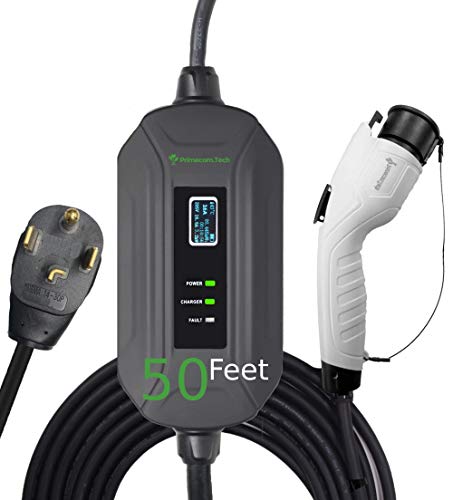I keep hearing this talk about bad electric motors only needing ball bearings changed out to work as good as new over at tesla reddit. Mainly in the new EXTENDED CPO PROGRAM topic that came up. Its about high millage Tesla Model S getting only 2 years extended warranty instead of 4 I believe. New program. Anyway, someone there keeps saying that when our E-Motors go bad we just have to change the ball bearings. Makes it sound so easy. Is this true and as easy as it sounds? I have read a little on the topic before... but really don't know much. What do you guys think?
Also, he said that when your motor gets swapped on your tesla model s that you get refurbished motors (Ball bearings changed) instead of brand new motors. is this true too?! Does this apply to us also?!
Also, he said that when your motor gets swapped on your tesla model s that you get refurbished motors (Ball bearings changed) instead of brand new motors. is this true too?! Does this apply to us also?!


































